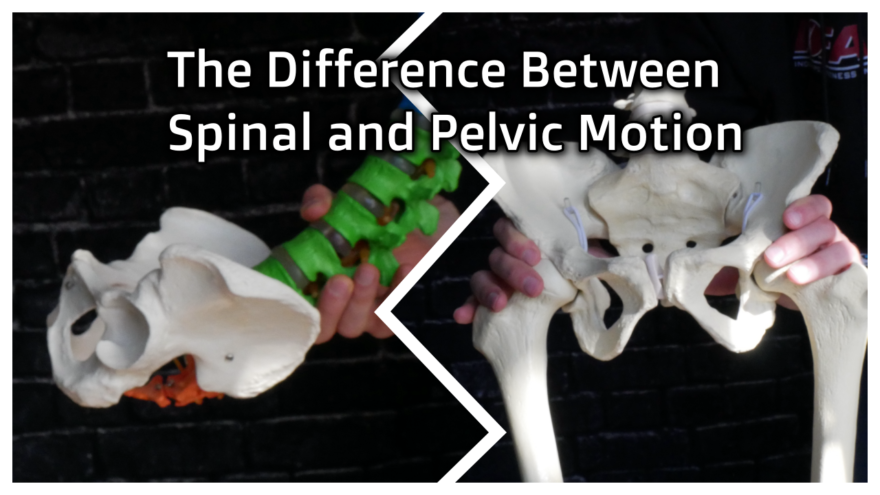Category: Anatomy & Physiology
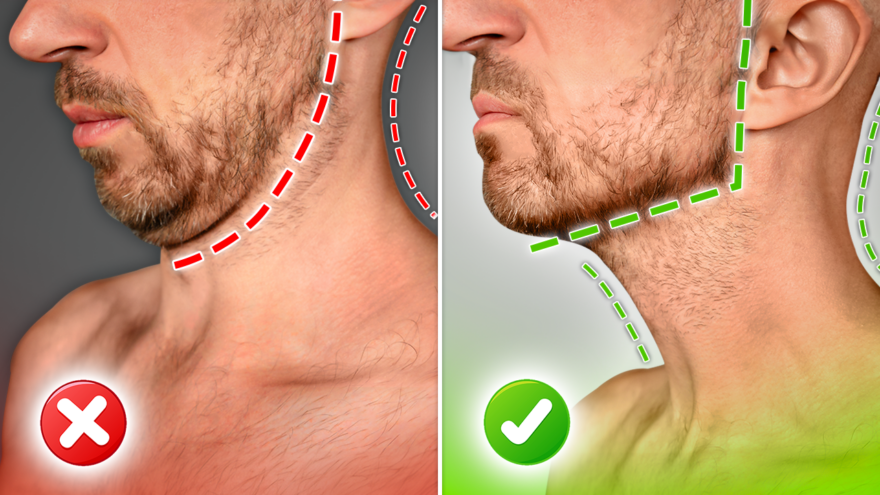
Fix Your Double Chin FAST (in 5 Minutes a Day)
Bid farewell to your double chin with our effective exercise guide! Discover the hidden causes behind a double chin and…
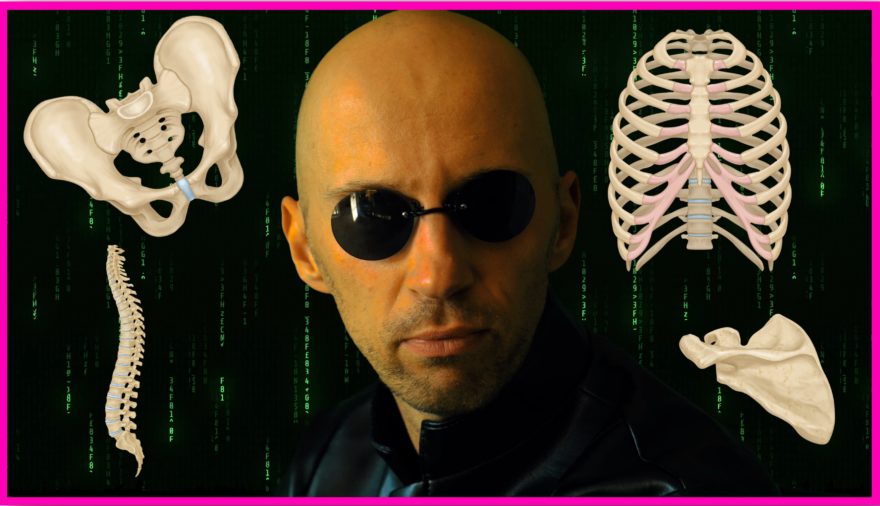
The Best Free Course to Learn Advanced Biomechanics
Struggling with all the confusing breathing stuff on the internet? Learning biomechanics can be so tough because EVERYONE uses confusing…
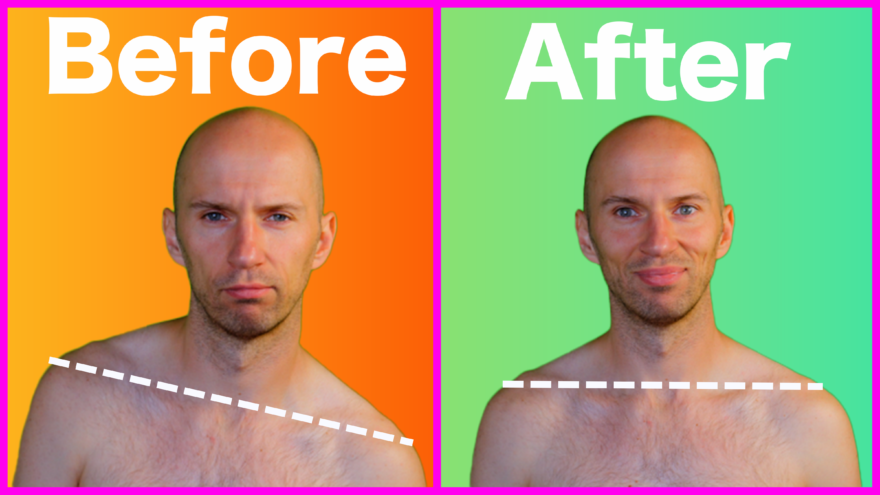
Why is My Left Shoulder Lower Than My Right? – Biomechanics and Treatment
Left vs right-handedness is only one reason your shoulders are asymmetrical Are you someone whose left shoulder sits lower than…

Functional Muscle Contractions
Compression, expansion, limitations, oh my! Have you ever wondered how muscle contractions impact movement? Or why in the hell we…
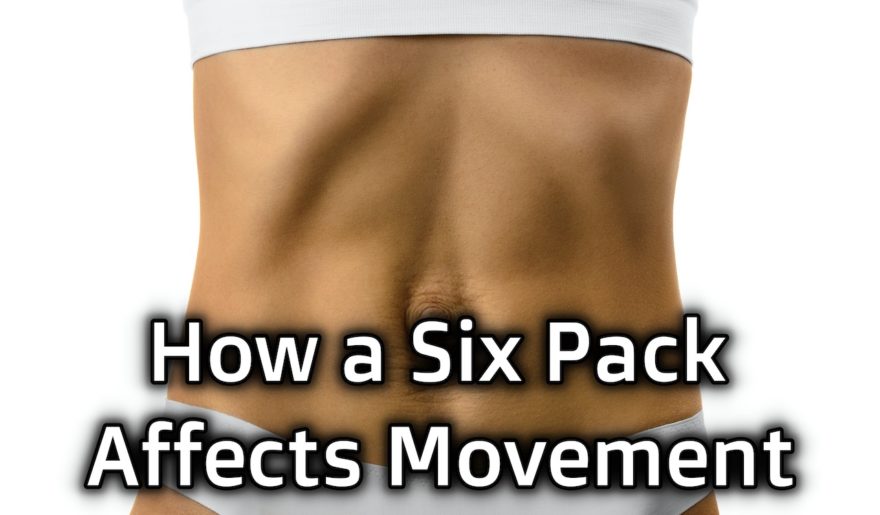
How a Six Pack Affects Movement
A deep dive into abdominal wall compensations Movement Debrief Episode 120 is in the books. Below is a copy of…
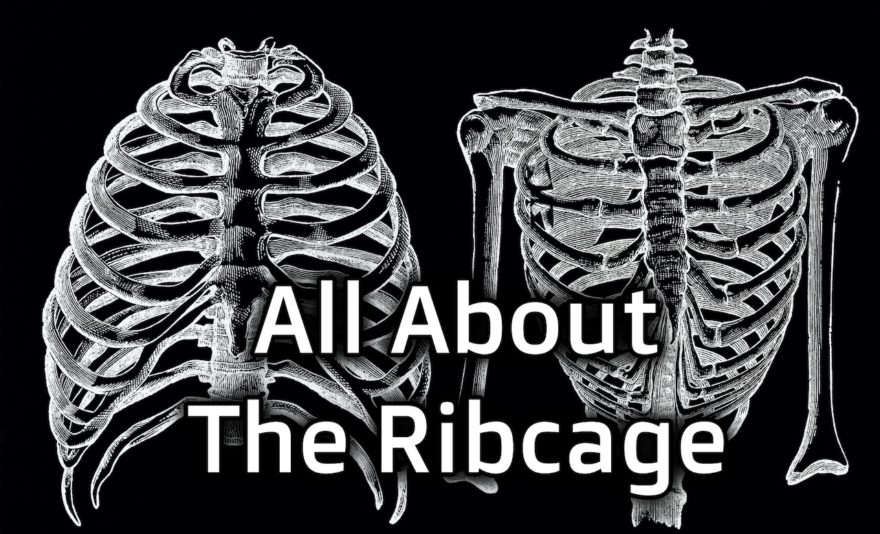
All About the Ribcage
Learn how reaching and improve upper body mobility Movement Debrief Episode 117 is in the books. Below is a copy…

Pregnancy, Pectus, and Bruxism – Movement Debrief Episode 106
Movement Debrief Episode 106 is in the books. Below is a copy of the video for your viewing pleasure, and…

Top 10 Debriefs of 2019
At the end of each year, I like to see what you beautiful…sexy…outstanding people liked. What the fam….recognized (fam). I…
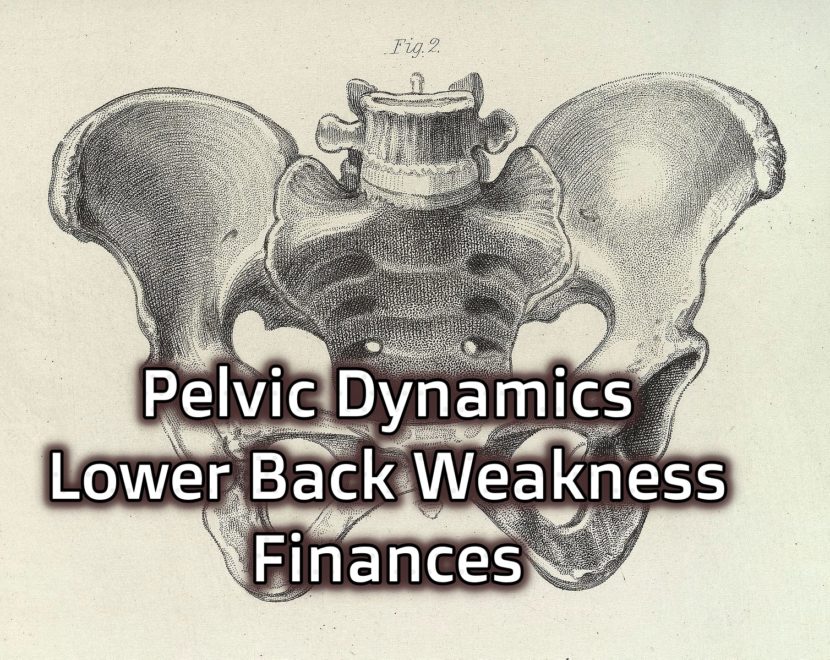
Pelvic Dynamics, Lower Back Weakness, and Finances – Movement Debrief Episode 103
Movement Debrief Episode 103 is in the books. Below is a copy of the video for your viewing pleasure, and…
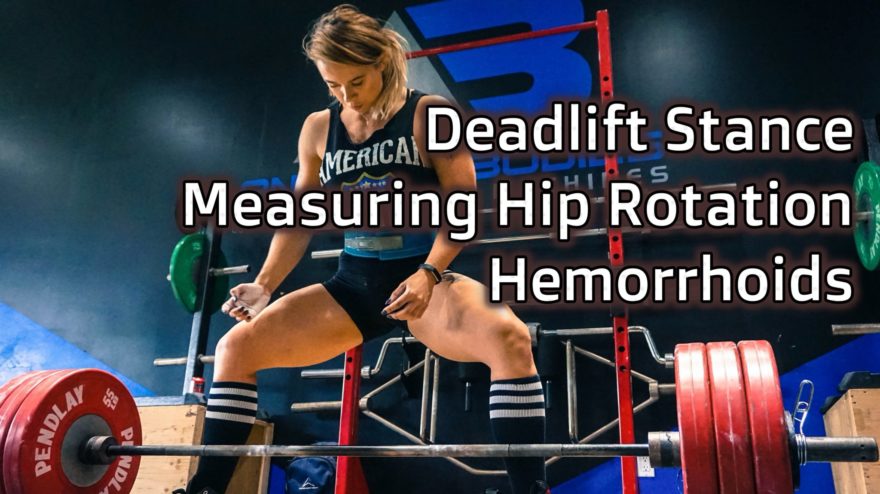
Deadlift Stance, Measuring Hip Rotation, and Hemorrhoids – Movement Debrief Episode 102
Movement Debrief Episode 102 is in the books. Below is a copy of the video for your viewing pleasure, and…
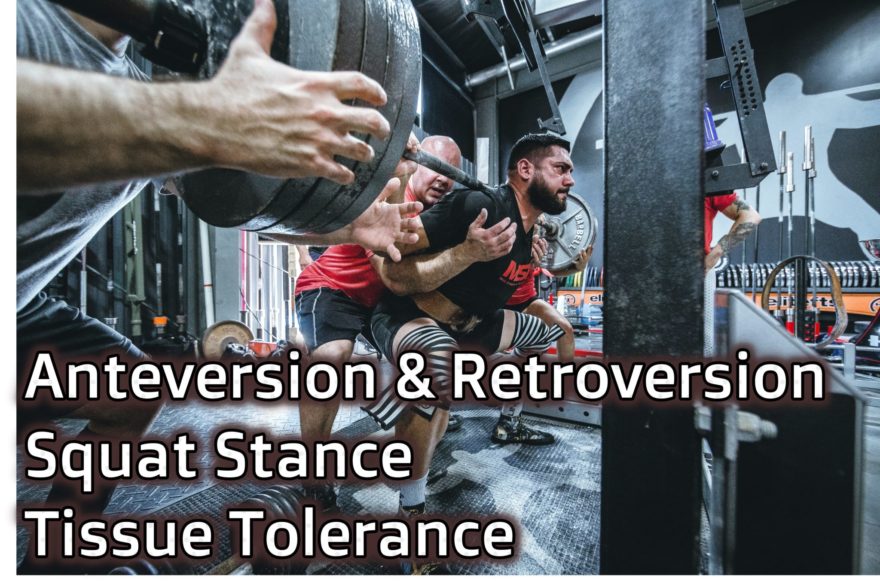
Anteversion, Retroversion, Squat Stance, and Tissue Tolerance – Movement Debrief Episode 101
Movement Debrief Episode 101 is in the books. Below is a copy of the video for your viewing pleasure, and…

Geriatrics, Pain with Breathing, and Dentists – Movement Debrief Episode 99
Movement Debrief Episode 99 is in the books. Below is a copy of the video for your viewing pleasure, and…
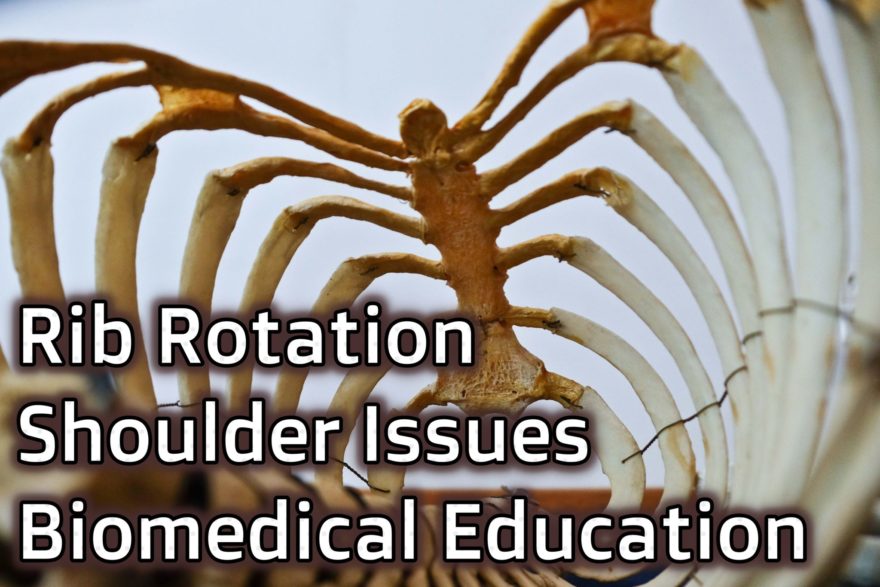
Rib Rotation, Shoulder Issues, and Biomedical Education – Movement Debrief Episode 98
Movement Debrief Episode 98 is in the books. Below is a copy of the video for your viewing pleasure, and…

September 2019 Links and Review
Every week, my newsletter subscribers get links to some of the goodies that I’ve come across on the internets. Here…

